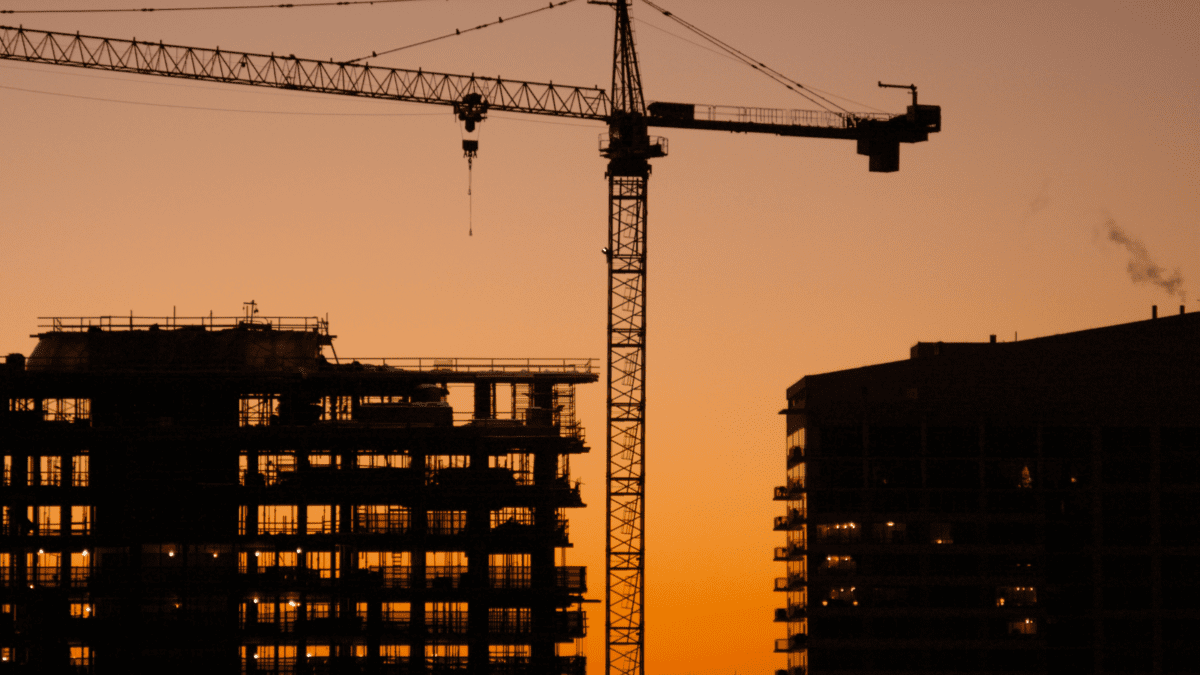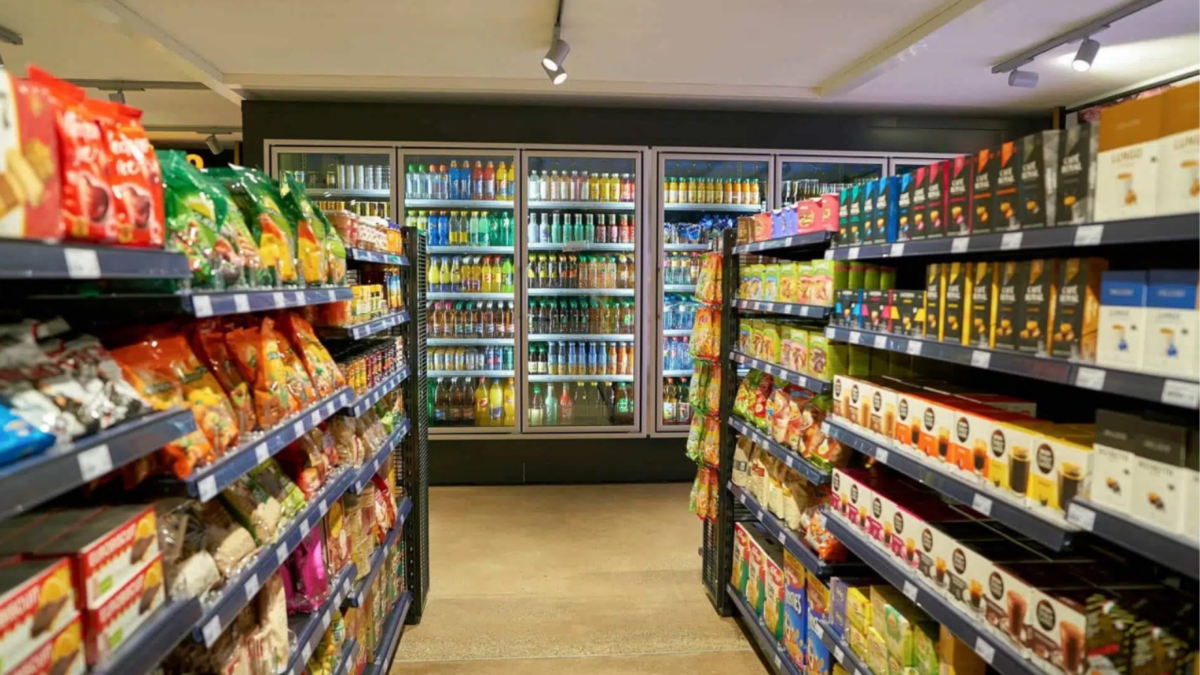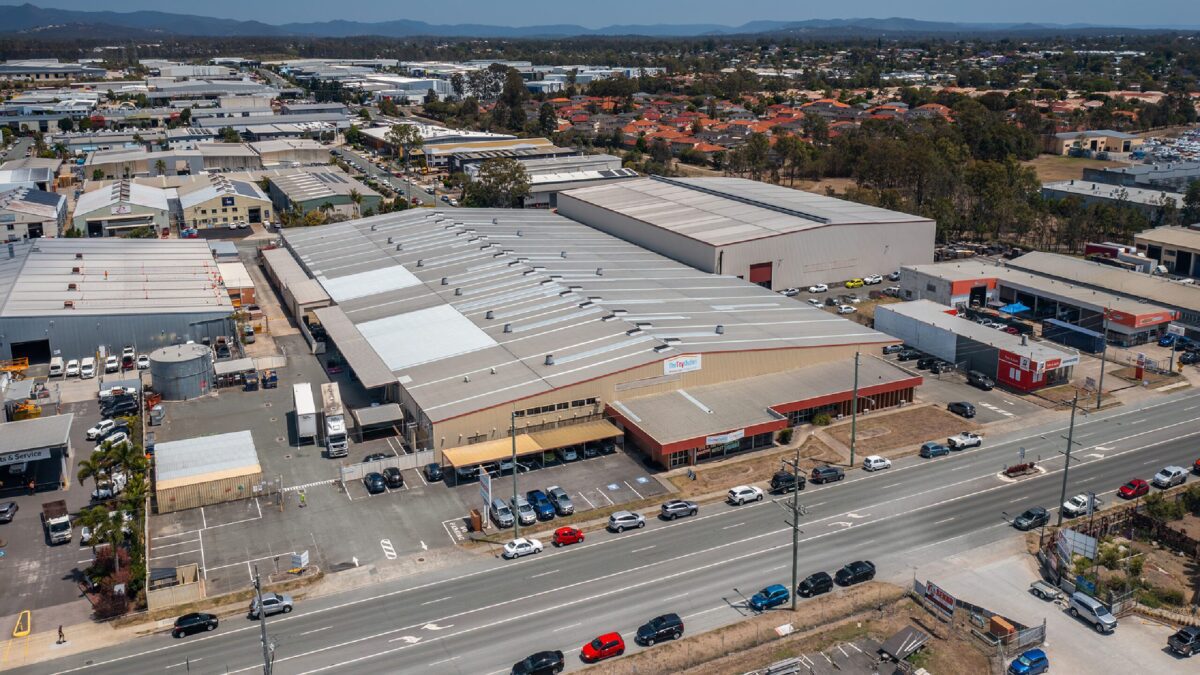Crane activity dips but hovers near record high as property outlook stays strong: Thinktank
After weathering a destabilising first quarter, the Australian economy remains well placed thanks partly to its strong starting position, albeit with near-term risks from rising debt costs according to the specialist residential and commercial property lender Thinktank. The property market still offers cause for optimism, it adds, with crane activity across the country still near its recent record high.
In two recent analyses Thinktank examined how the Reserve Bank of Australia’s inflation-fighting efforts, global financial stability risks and other challenges are affecting the economy in 2023, with a closer look at crane data showing a tentatively positive property outlook.
“The first quarter of 2023 saw further destabilisation of the recovery for Australia from the global coronavirus pandemic,” Thinktank analysts said in a quarterly market update for property finance, pointing to the RBA’s dramatic interest rate hikes from record lows, with one pause in April.
Even with the central bank’s surprise resumption of increases in May, they added, “the slowing of the pace of increase over the past few months is being viewed positively,” with the consensus now expecting a terminal rate between 3.85 – 4.35 per cent for this cycle.
Whether an increase of that magnitude in the span of a year, or even further hikes, will be enough to derail economic growth will likely be central to the outlook from here. It’s also important to Thinktank, which focusses on property finance for small and medium-sized enterprise (SME) borrowers and lending to self-managed superannuation funds (SMSFs) and is one of the few lenders of scale in the Australian business real property space.
“How the economy deals with the rising cost of debt (both business and personal) will be key to Australia’s economic performance over the next two years,” Thinktank stated.
And there are certainly headwinds, as “Australia is not immune from the deteriorating outlook for global financial stability,” the report noted, with volatility picking up domestically in recent months alongside unsettling developments in financial markets abroad.
“However, the Australian financial system entered this more challenging period in a strong position and is well placed to continue supporting the domestic economy.”
Construction activity still strong, despite challenges
In its recent monthly market focus on Australian real estate, Thinktank looked at a snapshot of the current state of construction through the lens of Rider Levett Bucknall’s (RLB) quarterly Crane Index, which details crane activity across the country. More cranes signal greater construction activity and thus tends to support a sound economic outlook.
The first quarter of 2023 “revealed a slight decline in crane activity compared with Q3 2022, which is not unexpected given the challenges seen in the construction industry,” according to Thinktank business development manager Lauren Ryan. Nonetheless, she says, the number of cranes in operation is still the second highest since the RLB Crane Index began in 2012, with signs of these levels being generally sustainable.
RLB notes in the index that the continuing strength in crane numbers “correlates with the strong national activity numbers”. Total construction work done in the 2022 calendar year rose by $1.4 billion, or 0.7 per cent, across Australia from 2021 figures, with residential work down 3.5 per cent but non-residential activity rising by 2.9 per cent.
The index shows a decrease in crane activity over the past six months in the major capitals, excepting Adelaide, while some smaller cities have experienced growth, notably the Gold Coast, which rose to 56 cranes from four in the previous quarter. Perth remained steady, with 51 cranes.
Over the past six months, 293 cranes have been added to new development sites, with 325 removed from projects as they neared completion, according to RLB. The total number across Australia totalled 836, down 3.7 per cent from the record high of 868 in the previous edition of the index.
Residential crane numbers across the country were down only slightly from the record in the last count, while the non-residential index fell 5.7 per cent. It’s still the second highest on record for both.
“We continue to reflect the improvement of residential property conditions in almost all areas and have maintained our ratings and trends across all capitals,” Thinktank says, noting that no capital city recorded a negative CoreLogic Housing result for April. “We will wait with cautious optimism for further positive results.”









